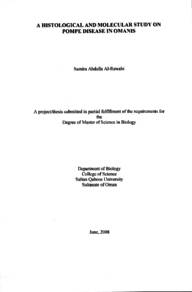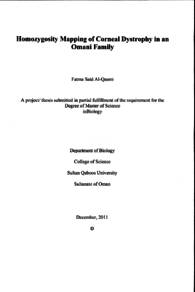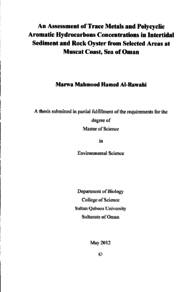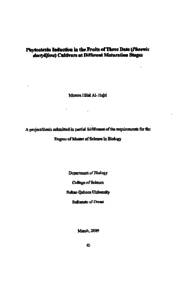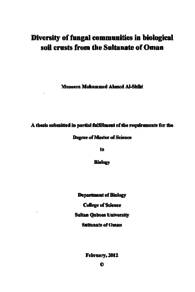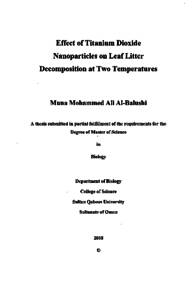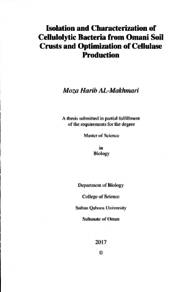Document
A Histological and molecular study on Pompe disease in Omanis.
Publisher
Sultan Qaboos University
Gregorian
2008
Language
English
Subject
English abstract
Glycogen storage disease types II (Pompe disease) is the most severe form of Lysosomal storage disease. It is an autosomal recessive disorder of glycogen metabolism, caused by a deficiency in Acid alpha glucosidase (GAA) enzyme that hydrolyzes lysosomal glycogen to glucose. Over 150 mutations in GAA gene have been associated with Pompe disease. To the best of our knowledge no study has been conducted on Pompe disease in Oman. Thus, we carried a histological and molecular study on five cases diagnosed between 2000-2005. Histopathology investigation showed that the muscle tissue has vacuoles that seem to replace the myofibrils and the ultrastructure of the cases showed that some of the vacuolated sacs are convincingly membrane bound (i.e. of lysosomal origin). Paraffin embedded muscle tissues for the five Pompe diagnosed subjects were obtained for DNA extraction. In order to standardize a method of DNA extraction from paraffin embedded tissues, we compared four extraction methods, including two phenol chloroform based methods chelex and a commercial DNA extraction kit, in terms of DNA yield and quality for PCR amplification. According to our results, the first phenol/ chloroform based method provided good quality DNA amplifiable by PCR and therefore was used. Sequencing 14 exons of GAA gene identified a total of 3 polymorphisms and one mutation. The identified polymorphisms, in intron 14, exon 8 and the 3' untranslated region were found in cases and a normal control. The identified mutation was in exon 18 Arg 854X and found in case 2. The same mutation has been associated with Pompe disease in other populations. Exons (1-6), which were not investigated in the study, are potentially harboring other Pompe causing mutations in cases 1, 3, 4, and 5, and therefore should be sequenced. Restriction fragment length polymorphism (RFLP) can be designed for the identified mutation to be screened in families with Pompe cases.
Member of
Resource URL
Category
Theses and Dissertations

